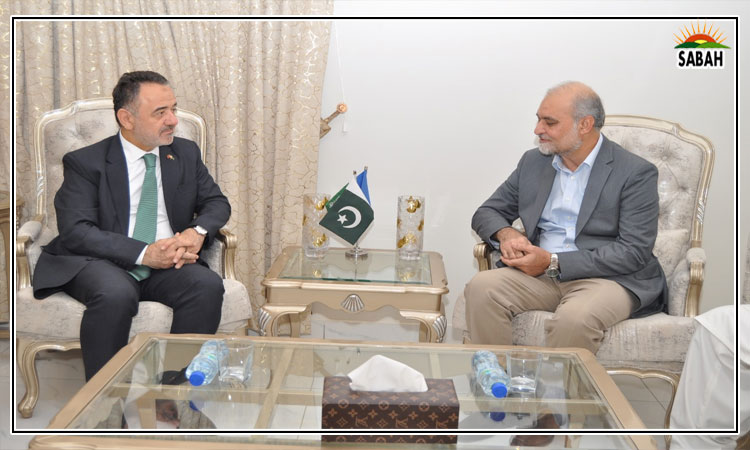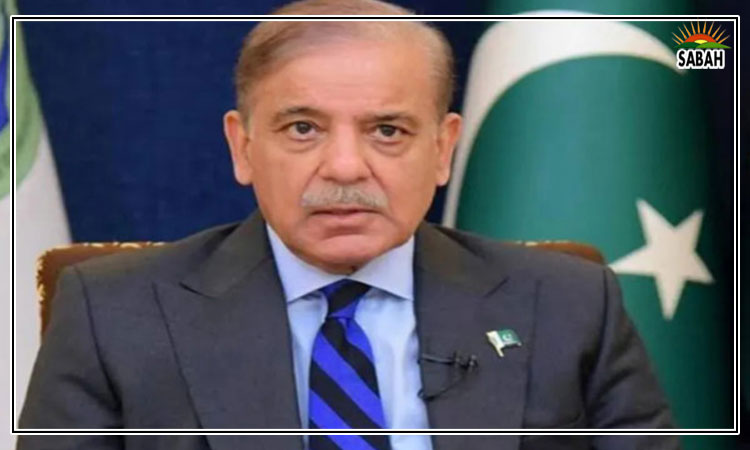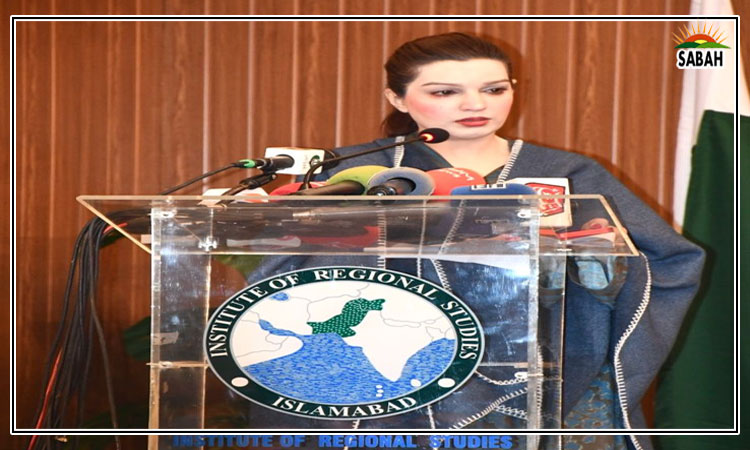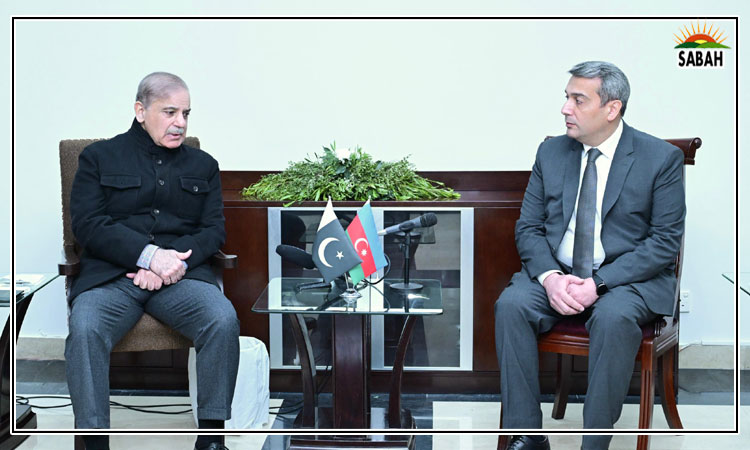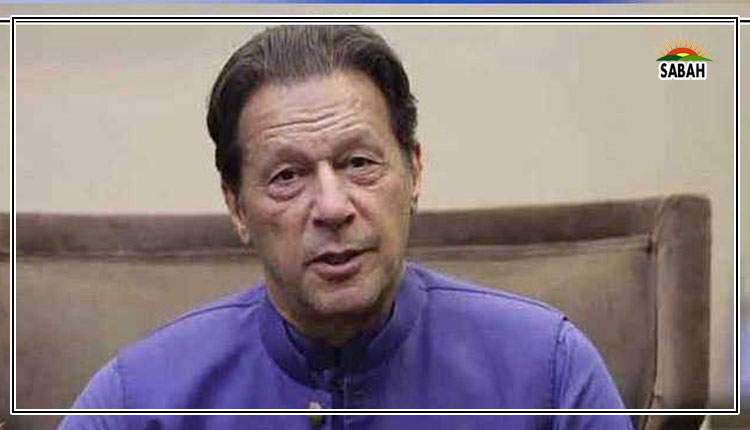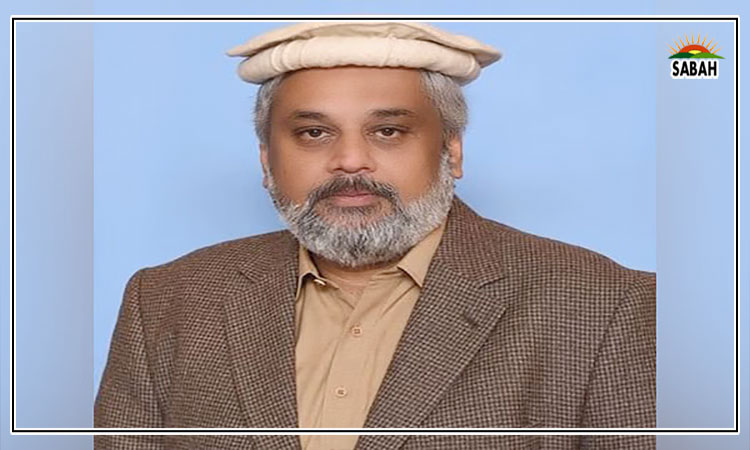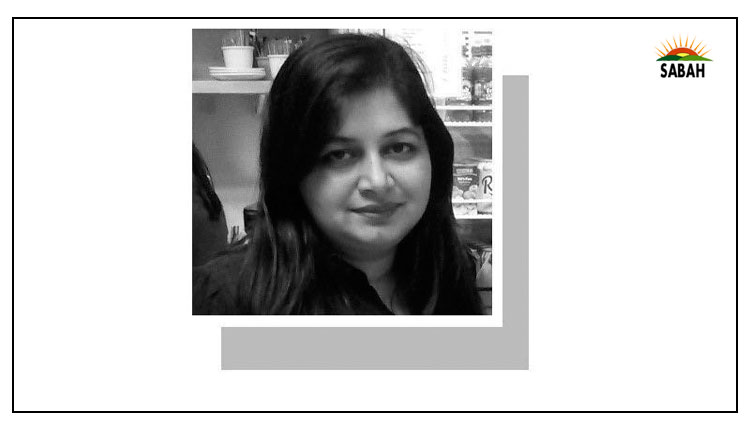Achieving gender equality…Nadia Agha
SOCIAL inclusion is fundamental to attaining economic prosperity and sustainable development. Progress is unlikely to be achieved unless each individual contributes to societys development. This is why gender-inclusive societies are safer and healthier and ensure increased productivity and economic growth.
The UNs Sustainable Development Goals have been designed to achieve prosperity for all and protect the planet. These goals are interrelated and intersect. The slow progress of one goal is likely to affect the other aims: for example, poverty (the focus of Goal 1) induces hunger and malnutrition (the focus of Goal 2). This leads to health issues and school dropouts (the focus of Goals 3 and 4). Similarly, all SDGs depend upon the achievement of Goal 5 that promotes gender equality, which is indispensable to social well-being and national prosperity.
One of the major challenges in achieving gender equality by 2030 in Pakistan is the lack of focus and investment in gender equality measures that can accelerate progress. Male dominance in society has led to a perception that women are not capable of making their own choices and leading their lives independently. Four key areas can act as a catalyst to reduce inequalities if targeted and if effective initiatives are introduced.
First, Pakistani womens control over productive assets and financial resources is greatly limited. They are excluded from the financial system considered central to poverty alleviation and economic growth. A significant number of women lack formal education, financial literacy, awareness, and skills to add value to their work or develop tangible and intangible assets. Commercial banks and non-banking financial institutions can play a key role in reducing poverty if they are gender-inclusive. Unfortunately, Pakistani womens access to financial services is constrained by socioeconomic and financial structures.
Male dominance in society has led to a perception that women are not capable of making choices and leading their lives independently.
It is pertinent to note that women constitute more than half the unbanked population in Pakistan, which deepens gender inequality and limits economic opportunities for them. Economic participation and control over productive resources enable women to unlock their skills, improve their familys well-being, ensure development, and reduce poverty. Unfortunately, womens economic participation in Pakistan is one of the lowest in South Asia. Constraints in accessing resources and services to develop their assets, such as credit, banking, land, and business, are key obstacles to womens economic inclusion.
Second, the prevalent social structure still tends to favour education for boys. Even though girls education can build families, communities, and economies, greater gender disparities exist in education. Pakistan has the worlds second largest number of out-of-school children, with distressing facts and figures regarding girls enrolment: about two million more girls are out of school than boys and more girls (about 26 per cent) have never been to a school than boys (about 17pc). With a significant rural-urban divide, female literacy rates in less-privileged areas are also reflective of the socioeconomic and geographical challenges that confront girls education.
Educated women can achieve incredible heights, as investment in girls education has a transformative effect on communities. With even a few years of education, women have improved prospects of economic opportunities, healthier children and a better chance of ensuring that their own children go to school. A higher level of schooling ensures informed choices and participation in decision-making.
Third, improved reproductive health and access to family planning is another area of inclusion. Women face multiple overlapping risk factors that result in poor health outcomes, for instance, poverty, lack of education, and violence. South Asia has one of the highest rates of child marriage 42pc with the highest rate of adolescent pregnancy.
South Asian women also have the shortest interval between marriage and the first baby. Although Pakistan has made some progress in controlling child marriage, the practice is still common in the rural areas and is a barrier to the goal of improving maternal and child health (MNCH). Early marriage and maternity pose major health challenges to young girls who lack education and awareness about reproductive and maternal health.
Early motherhood restricts young women from availing economic opportunities and curtails their chances of accessing education thus pushing them further towards marginalisation. No surprise then that MNCH indicators in Pakistan are poor with high infant and child mortality rates. Higher investments in MNCH and increased access to family planning will lessen womens risk of unintended pregnancies and high-risk abortions. It can also produce significant social and economic benefits to women in terms of productivity and better social development.
Fourth, ordinary women in Pakistan still face barriers to inclusion in politics and civic engagements. Women in Pakistan make up almost 50pc of the population, yet they have very few senior, executive, and legislative roles, with limited civic and political engagements. The Constitution makes no distinction between genders, and Pakistani women, in the last two decades, have achieved notable representation in both the provincial and national assemblies. Women politicians like Fatima Jinnah and Benazir Bhutto established the foundation for womens participation in politics, but pursuing politics as a career is still not the norm for Pakistani women.
Cultural norms and a patriarchal system resist womens access to public spheres thus discouraging their political empowerment. Studies show that increased representation of women in politics guarantees greater investments in health and education. Women in positions of authority are inclined to resolve social issues and crises without violence and are more likely to address womens interests.
Social inclusion is vital to sustainable development. It leads to gender equality and addresses the most critical of social and economic issues. Poor social indicators pertaining to gender undermine development and call for an urgent review of policies for womens empowerment. For achieving the SDGs, it is essential to put them at the forefront. Their enhanced participation in the socioeconomic and political mainstream is central to advancing their issues on national forums and making their voices heard. This eventually benefits all.
Courtesy Dawn



